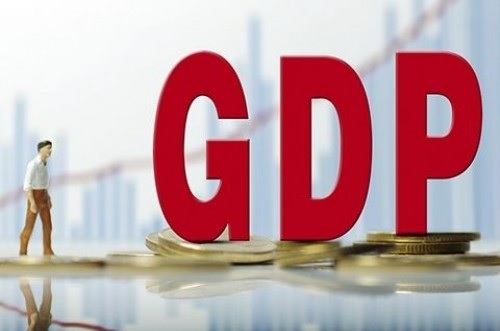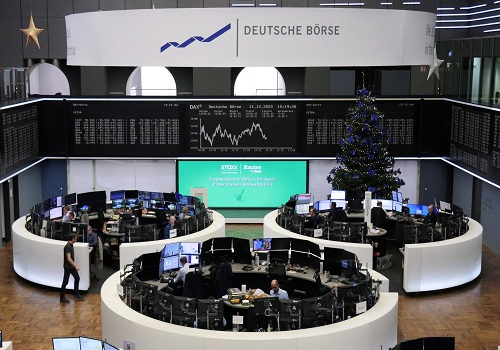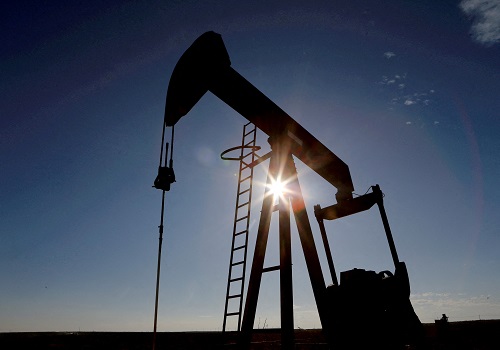Oil prices hold steady as Russia-Ukraine tensions cool

Follow us Now on Telegram ! Get daily 10 - 12 important updates on Business, Finance and Investment. Join our Telegram Channel
SINGAPORE - Oil prices steadied on Wednesday after retreating more than 3% in the previous session as investors gauged the impact of easing Russia-Ukraine tension against a taut balance between tight global supplies and recovering fuel demand.
Brent traded at $93.19 a barrel at 0253 GMT, down 10 cents, having slid 3.3% overnight after Russia announced a partial pullback of its troops near Ukraine, yet to be verified by the United States.
U.S. West Texas Intermediate (WTI) crude also held steady and last traded at $92.13 at 0247GMT, after the contract ended Tuesday's session down 3.6%.
Both benchmarks had hit their highest since September 2014 on Monday, with Brent touching $96.78 and WTI reaching $95.82. The price of Brent jumped 50% in 2021, while WTI soared about 60%, as a global recovery in demand from the COVID-19 pandemic strained supply.
On Tuesday, the Russian defence ministry published footage to show it was returning some troops to base after exercises, a move that triggered profit-taking in oil as well as a rebound in the Wall Street and European stock markets.
But beyond the Ukraine tension, the oil market remains tight and prices are still on course for a move towards $100 a barrel, analysts said.
"Technically we could see prices heading back to $90 a barrel on profit-taking, but they will trend higher towards $100 as the economy is getting back on track and more demand is coming through in a tight market," said Jonathan Barratt, chief investment officer at Probis Group.
German Chancellor Olaf Scholz said on Tuesday he saw scope for more diplomacy to avert a war between Russia and Ukraine after four hours of talks with President Vladimir Putin.
"Talks between German Chancellor Scholz and President Putin supported market expectations that an imminent Russian invasion seems less likely," said Edward Moya, senior Market Analyst with brokerage OANDA.
While the Ukraine crisis simmered, the U.S. Labor Department reported producer prices increased by the most in eight months in January, a reminder that high inflation could persist through much of this year.
























